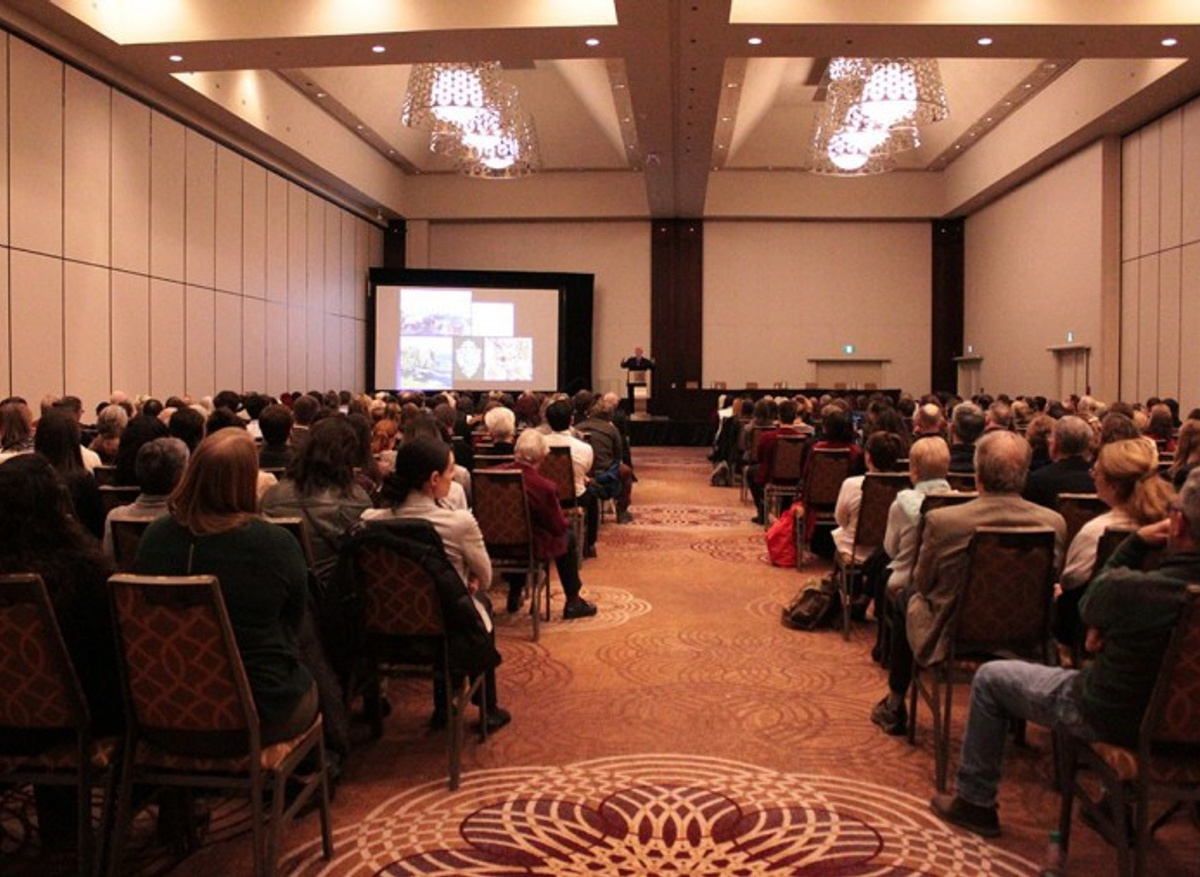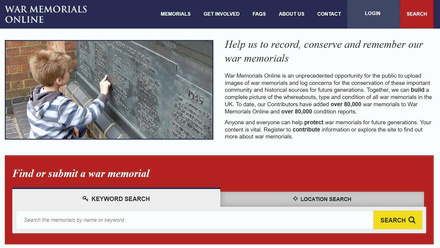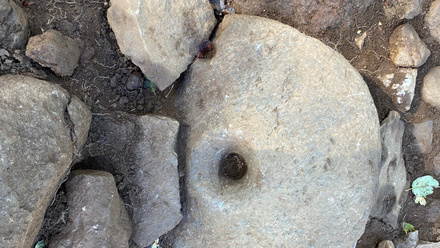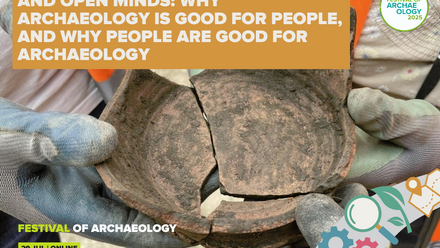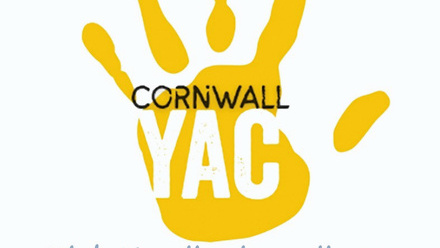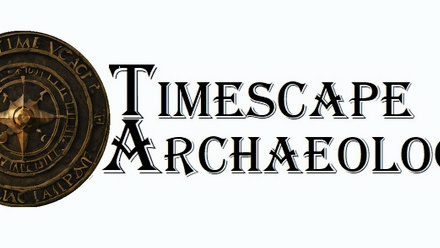Much of my time these days focuses on preparations for our 2022 Annual Meeting. This will be the 123rd joint meeting for the Archaeological Institute of America and Society for Classical Studies. Many of our members are eager to meet again in person after a fully virtual meeting in 2021, but we also have many participants who will not be able to attend and prefer the virtual format. Our fall submission deadline is approaching and today I am reviewing those in the system before they get forwarded for an anonymous review by our Program Committee. This is one of my favorite parts of my job since I am getting to read about all the interesting research that our members and other archaeologists are doing.
Our Annual Meeting is fully open, and anyone can submit a paper for consideration. The focus of the presentations is generally on the Ancient Mediterranean and the surrounding regions. Recent submissions cover an incredible range of topics from what the Romans ate in ancient Britain and Spain, to trade networks in the central Mediterranean, to the use of precious stones in Egypt and beyond. Most field projects were halted in 2020 but many were able to start up again this summer and archaeologists are eager to share their finds with their colleagues and the public. I feel like I am getting a sneak peek at things!
This year’s meeting is going to be different though since we are allowing both in-person and virtual presentations. Many participants in our 2021 Virtual Meeting noted that they had not been able to attend the meetings in the past and hoped we would continue with the virtual option. We are reviewing the best way to do this so that everyone who attends either on-site or at home will have a great experience. We plan to have every presentation streaming out to our virtual platform at the same time it is being delivered at the event. Questions will be fielded from everyone as well.
Preparations for the Annual Meeting take months and the meeting always seems to go by in a blur, but it's all worth it in the end.
Contact details
Kevin Mullen
Archaeological Institute of America


